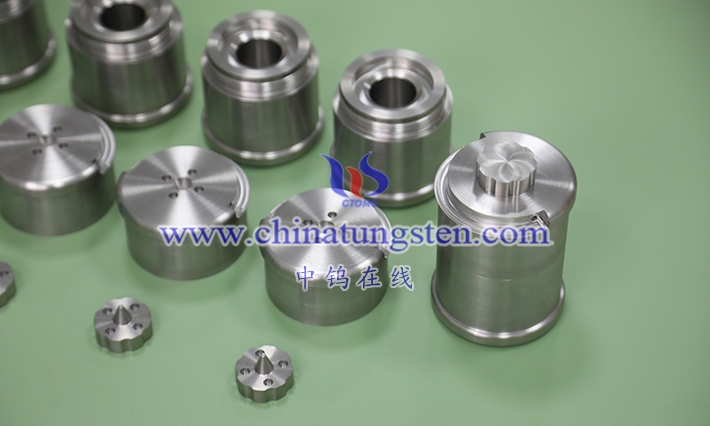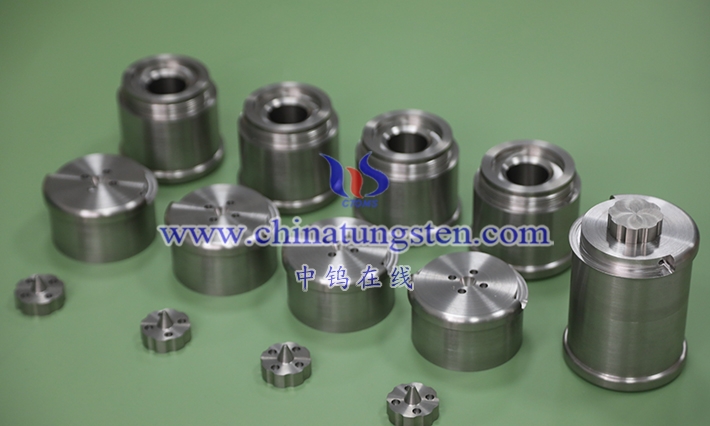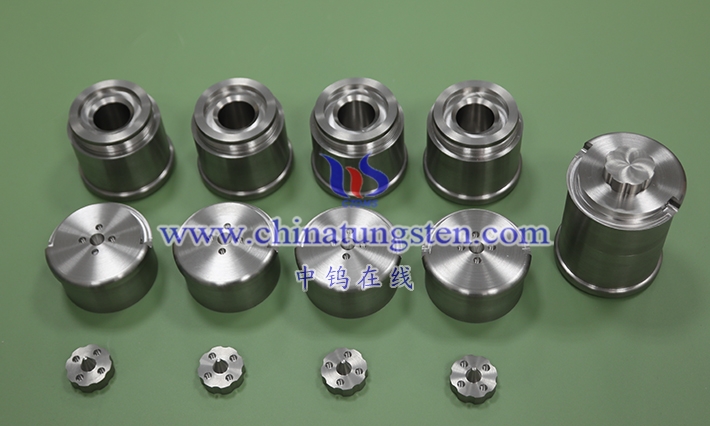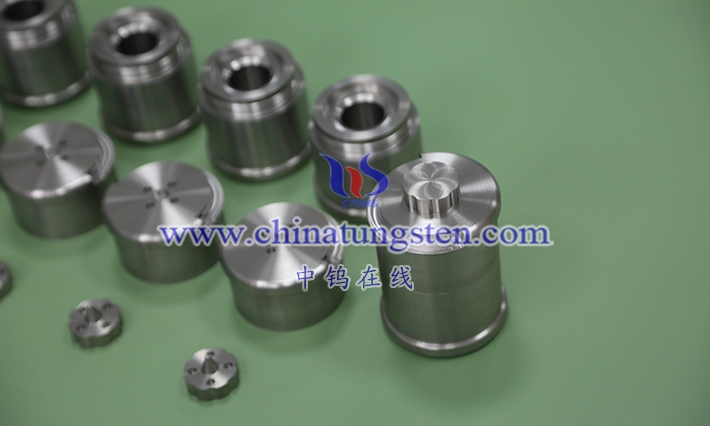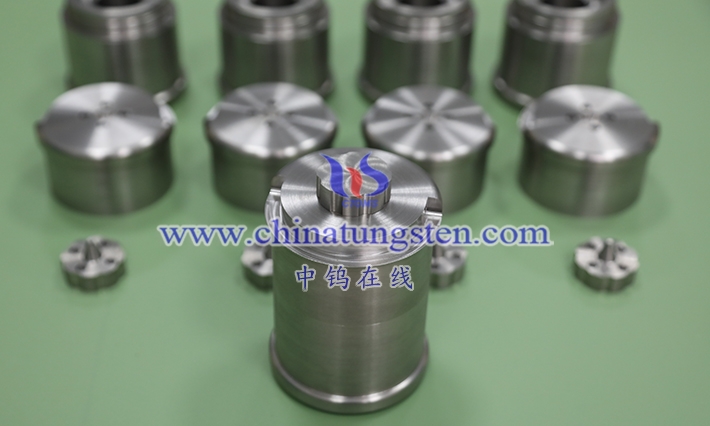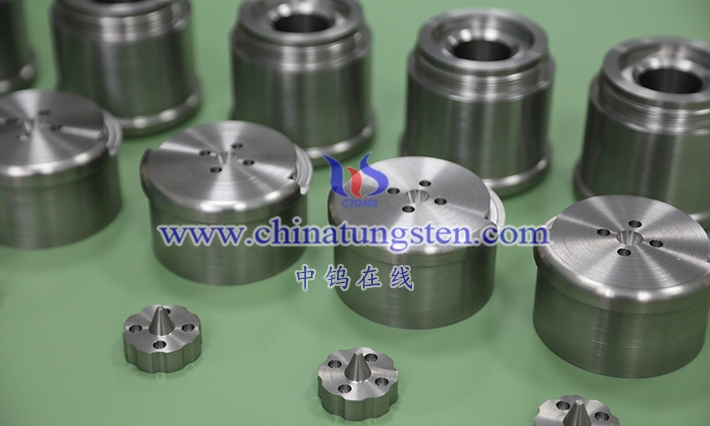How to analyze the performance comparison between tungsten alloy screws and steel screws? Mainly from mechanical properties, heat resistance, corrosion resistance, density, and cost. First, mechanical properties analysis: Tungsten alloy screws have high hardness (HRC 25-35) and strong tensile strength (900-1500MPa), wear and vibration resistant, suitable for high-strength connections like heavy equipment. Steel screws (such as stainless steel) have good strength (600-800MPa), but are prone to fatigue, with fast thread wear, less stable under high torque than tungsten alloys.
Second, heat resistance analysis: Tungsten alloys have high melting point (3422°C), non-deforming in high-temperature environments, suitable for aerospace furnaces. Steel screws have lower melting point (about 1500°C), softening at high temperatures, requiring alloying like adding chromium-molybdenum for improvement, but still inferior to tungsten.
Third, corrosion resistance analysis: Tungsten alloys have good chemical stability, acid and alkali resistant, but require coatings in salt fog environments; stainless steel screws are strongly rust-resistant, especially in humid conditions, but tungsten alloys are overall more resistant to extreme chemical corrosion.
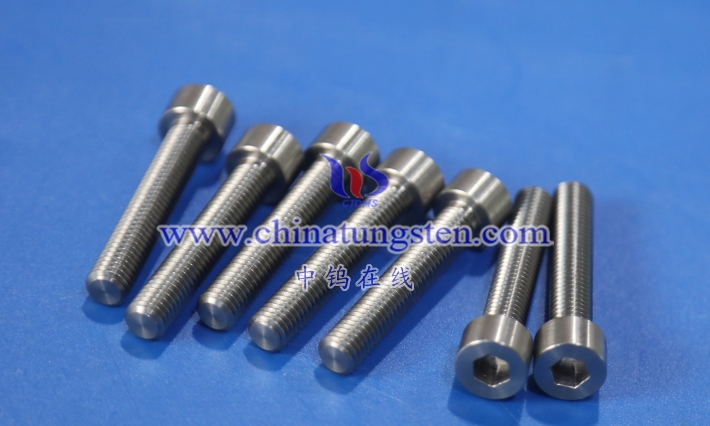
Fourth, density and weight analysis: Tungsten alloys have high density (16.5-18.5g/cm³), providing radiation shielding, heavy for counterweights; steel has low density (7.8g/cm³), more lightweight, easy for mass applications.
Fifth, cost and processability analysis: Tungsten alloys are expensive and difficult to process (requiring powder metallurgy), suitable for high-end; steel screws are low-cost and easy to machine, with strong versatility.
Overall analysis, tungsten alloys excel in high-performance fields like medical and military; steel screws have advantages in economy and versatility. Balance the advantages based on application environments.
